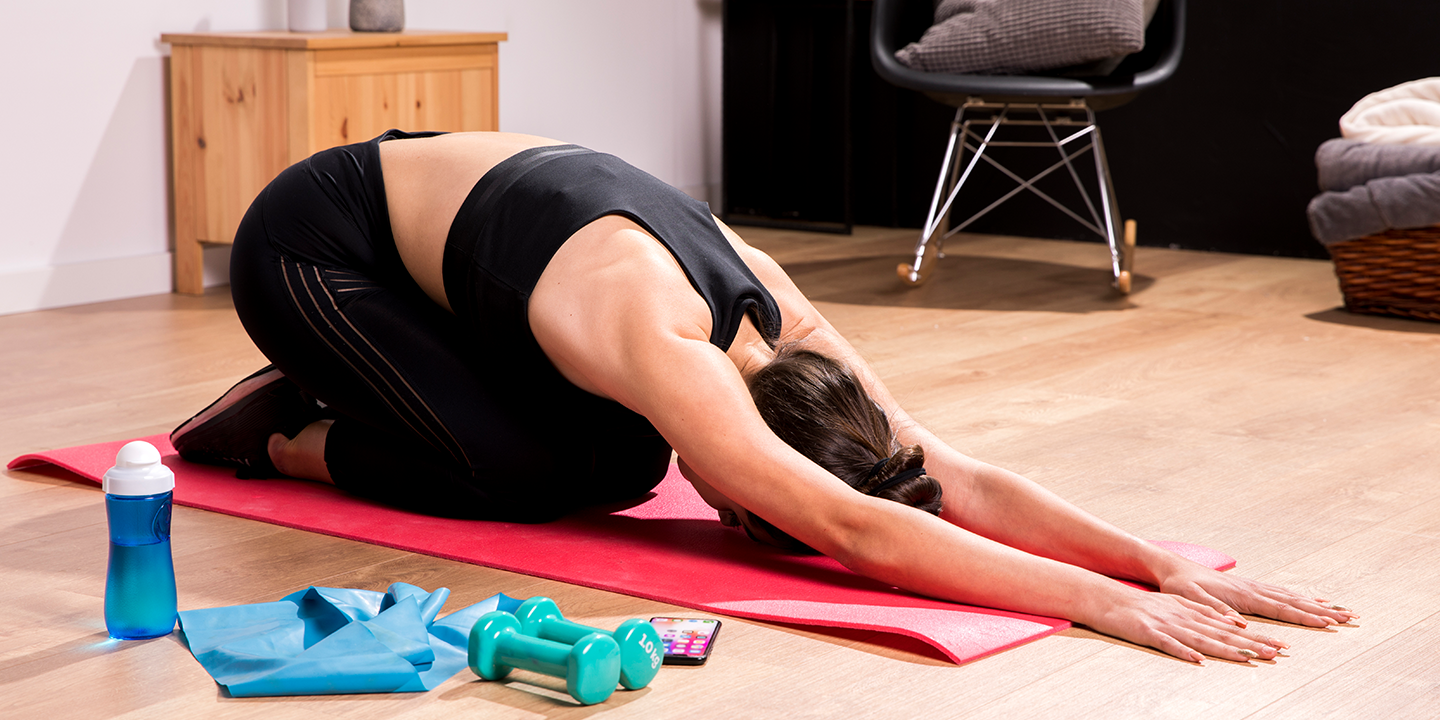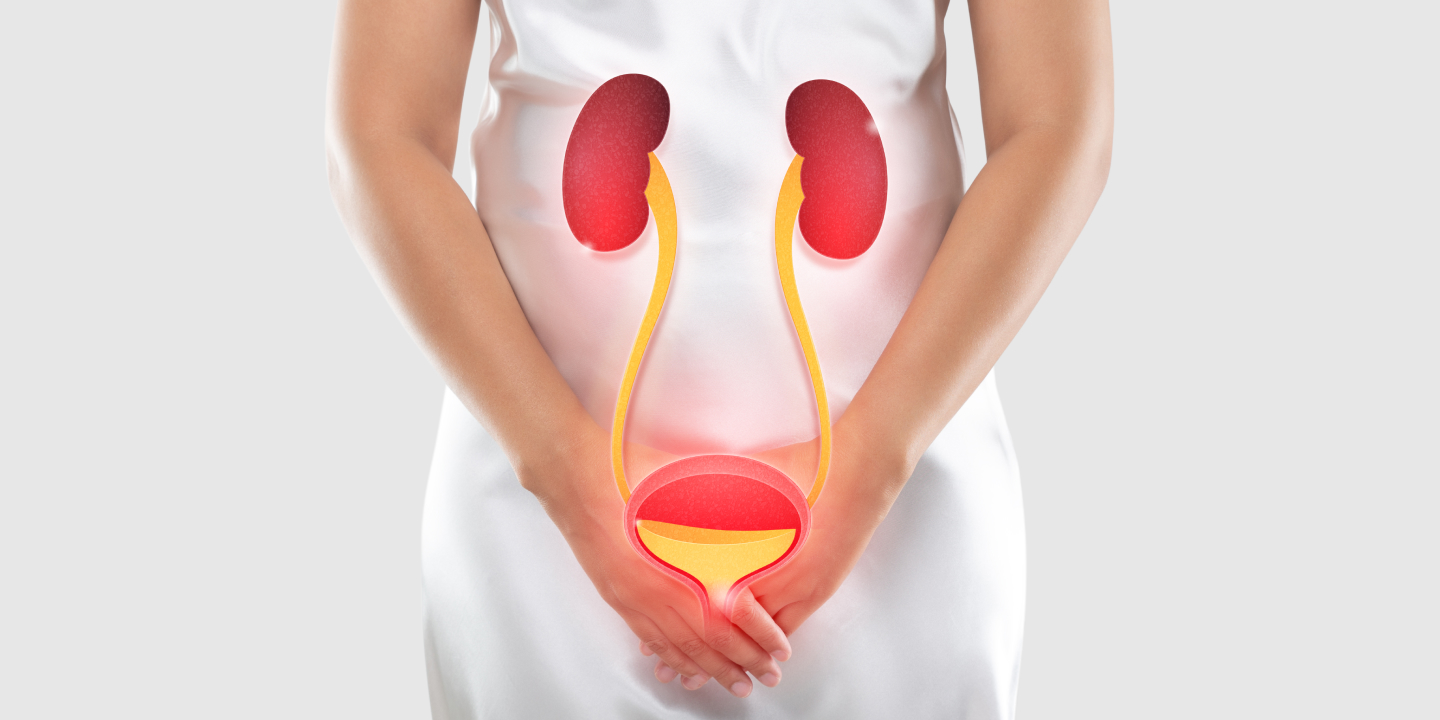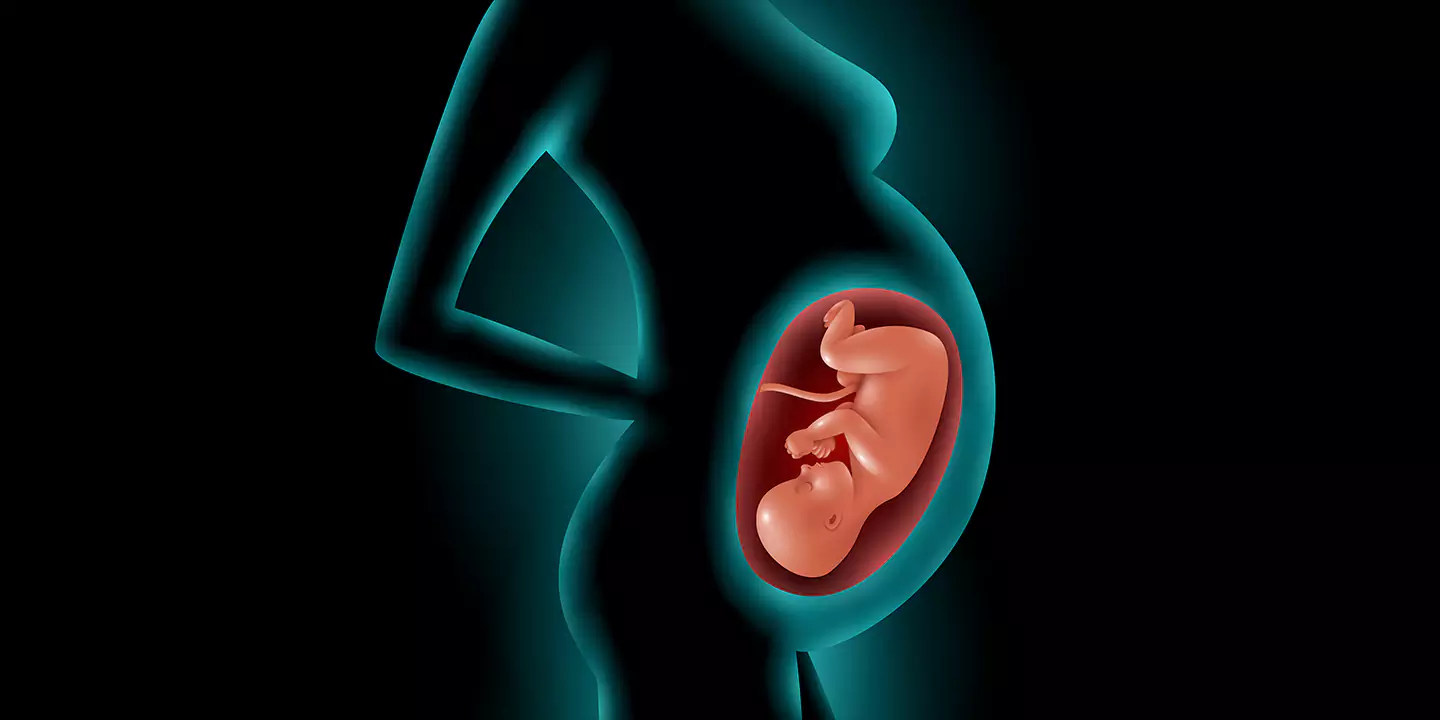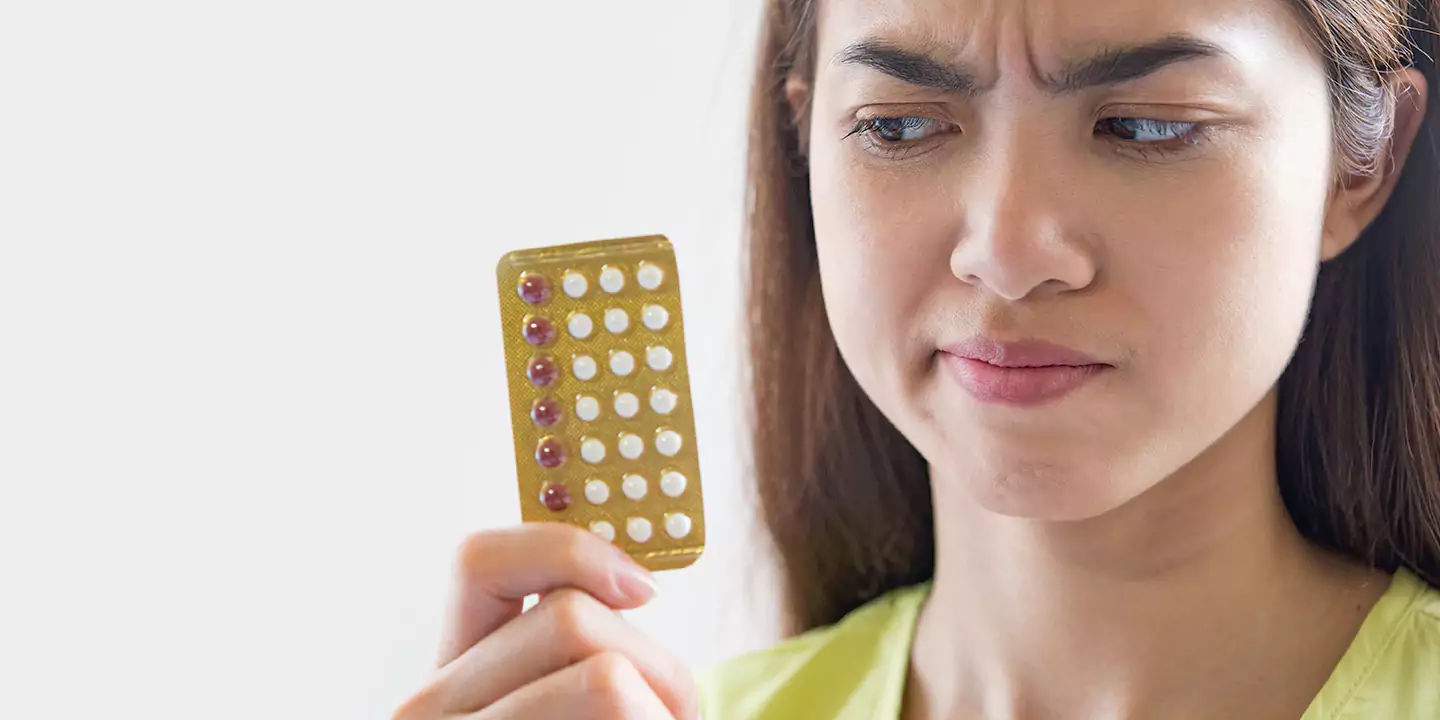
Overview
Embracing motherhood is a beautiful journey, but postpartum weight gain can be a concern. Postpartum yoga is a natural and effective way to shed those extra pounds while promoting overall well-being. In this blog, we’ll explore ten yoga poses specifically tailored to aid postpartum weight loss. Whether you’re a seasoned yogi or new to the practice, these exercises can easily fit into your daily routine. Start your journey to a healthier, more vibrant you with these postpartum yoga exercises.
10 Yoga Poses To Reduce Weight After Pregnancy
Child’s Pose (Balasana)
Child’s Pose, also known as Balasana, is a gentle yoga pose that can be especially beneficial for new mothers looking to shed postpartum weight. To perform this pose, kneel on the floor, sit back on your heels, and extend your arms forward while resting your forehead on the mat. This simple yet effective pose provides multiple benefits.
Balasana helps to relieve lower back pain and gently stretches the spine, which can be particularly soothing for mothers experiencing postpartum discomfort. Additionally, it aids in relaxation, reducing stress, and promoting emotional well-being.
This pose offers an excellent way to begin a postpartum yoga practice. It allows you to connect with your breath and body, offering a moment of peace and tranquility amid the challenges of motherhood. Incorporating Child’s Pose into your routine can assist in gradually toning your abdominal muscles and promoting overall weight loss in a gentle, nurturing way. This pose is about self-care, both physically and mentally, and serves as an essential component of postpartum recovery through yoga.
Bridge Pose (Setu Bandha Sarvangasana)
The Bridge Pose, or Setu Bandha Sarvangasana, is a valuable addition to yoga after delivery to reduce tummy. To perform this pose, lie on your back with your knees bent, feet hip-width apart, and arms alongside your body. Then, lift your hips towards the ceiling. This straightforward yet powerful pose offers numerous benefits for new mothers.
Setu Bandha Sarvangasana primarily targets the core and lower back muscles, making it an excellent choice for those seeking to regain abdominal strength after pregnancy. It helps to tone the abdomen, reduce belly fat, and strengthen the pelvic region. Additionally, the Bridge Pose stretches the neck, chest, and spine, promoting flexibility and relieving postpartum discomfort.
Furthermore, this pose stimulates the thyroid gland, aiding in metabolism regulation and weight management. As part of a comprehensive postpartum yoga routine, the Bridge Pose plays a crucial role in nurturing both physical and mental well-being.
Cobra Pose (Bhujangasana)
The Cobra Pose, also known as Bhujangasana, is a vital yoga posture that can significantly benefit postpartum mothers. It is a gentle backbend that strengthens the back muscles and aids in toning the abdominal region, which can be a problem area for many new mothers. Here’s how you can perform it
Begin by lying on your stomach, legs extended, and the tops of your feet touching the mat. Place your palms on the floor next to your shoulders. Inhale as you gently lift your upper body, keeping your hips and lower abdomen rooted to the ground. Your arms should be slightly bent, and you should use your back muscles to lift your chest. Ensure that you don’t strain your lower back or use your arms too much.
Cobra Pose offers several benefits, including improved posture, flexibility in the spine, and relief from lower back pain. It’s an excellent pose to begin strengthening your back and abdominal muscles post-pregnancy. Regular practice can also help in reducing the belly fat that accumulates during pregnancy. As always, listen to your body, and don’t push yourself too hard.
Cat-Cow Pose (Marjaryasana-Bitilasana)
The Cat-Cow Pose, or Marjaryasana-Bitilasana, is a gentle, rhythmic yoga flow that’s perfect for postpartum moms. It helps in improving posture, core strength, and flexibility. Here’s how you can perform this pose
Begin on your hands and knees, aligning your wrists under your shoulders and your knees under your hips. As you inhale, arch your back, lifting your tailbone towards the ceiling and dropping your belly towards the mat. This is the Cow position. As you exhale, round your back like an angry cat, tucking your chin to your chest. This is the Cat position. Repeat this flowing movement, inhaling into Cow and exhaling into Cat, for a few rounds.
The Cat-Cow Pose is particularly helpful in strengthening the core muscles that often become weakened during pregnancy. It also enhances spinal flexibility and aids in relieving lower back pain. As a gentle and effective yoga pose, it’s perfect for new mothers as it can be adapted to your comfort level. Make it a regular part of your postpartum yoga routine to see improvements in your posture and core strength.
Related Blog: Prenatal Yoga: 9 Effective Yoga Asanas That You Must Try
Warrior II (Virabhadrasana II)
To perform the Warrior II pose, stand with your feet about 3-4 feet apart. Turn your right foot out 90 degrees and your left foot in slightly. Extend your arms out parallel to the ground, with your palms facing down. Bend your right knee until it is directly over your right ankle, making a 90-degree angle. Gaze over your right hand.
Warrior II is a powerful pose that offers several benefits. It primarily strengthens the leg muscles, including the thighs, calves, and ankles. This strengthening not only tones the lower body but also helps with balance and stability. The pose encourages a deep stretch in the groin and hips, enhancing flexibility in these areas. Additionally, Warrior II is excellent for improving posture and relieving sciatic pain. It engages the core muscles, contributes to abdominal strength, and stimulates the abdominal organs, aiding digestion and metabolism.
Warrior II also promotes mental strength and focus as you hold the pose with determination, fostering a sense of resilience and self-assuredness.
Downward-Facing Dog (Adho Mukha Svanasana)
The Downward-Facing Dog, often referred to as the Down Dog, starts on your hands and knees. Ensure your hands are shoulder-width apart and your knees are hip-width apart. Push through your hands and lift your hips up, forming an inverted “V” shape. Keep your feet hip-width apart, and press your heels down. Gaze toward your navel or thighs.
This classic yoga pose is a versatile addition to your postpartum yoga practice. Downward-Facing Dog effectively stretches and strengthens various muscle groups. It’s particularly beneficial for toning the arms, shoulders, and upper back, which can help with post-pregnancy upper body weight. The pose lengthens and relaxes the spine, relieving tension and discomfort.
Downward-Facing Dog also engages the abdominal muscles, contributing to core strength. It enhances flexibility in the hamstrings and calf muscles, improving leg strength and stability. This pose is known for its stress-relieving properties, as it calms the mind and reduces anxiety. As a weight loss aid, it encourages overall body toning and provides a gentle cardiovascular workout. Regular practice of Downward-Facing Dog can help you regain your pre-pregnancy strength while reducing stress and promoting a sense of well-being.
Boat Pose (Navasana)
To perform the Boat Pose, start by sitting on the floor with your legs extended in front of you. Keep your back straight and engage your core muscles. Slowly lean back while lifting your legs off the ground. Try to bring your legs to a 45-degree angle with the floor while extending your arms forward, parallel to the ground.
Boat Pose, or Navasana, is a fantastic yoga asana for postpartum weight loss. This pose primarily targets the muscles in your abdomen, helping to tone and strengthen them. The intense engagement of your core muscles not only contributes to a flatter stomach but also builds overall core strength. It’s an effective way to shed the excess weight gained during pregnancy.
Boat Pose is also beneficial for improving digestion and stimulating the kidneys and thyroid, promoting a healthy metabolism. As you balance in this pose, it enhances your concentration and mental focus, providing a sense of mental clarity and calm. Regular practice of Boat Pose can help you regain your pre-pregnancy shape while fostering a stronger body and a clearer mind.
Plank (Phalakasana)
The Plank Pose, or Phalakasana, is performed by assuming a push-up position with your arms straight, palms flat on the ground, and your body forming a straight line from head to heels. Engage your core muscles and hold this position.
Postpartum weight loss is often a challenge, but Plank Pose is a superb yoga exercise after C-section to reduce tummy. By maintaining the plank position, you work not only your core muscles but also engage your arms, shoulders, and back, which tones and strengthens your entire body.
Phalakasana is especially effective at sculpting the abdomen, reducing belly fat, and building a strong, stable core. It improves posture and enhances overall body strength, making daily activities more manageable for new mothers.
This pose also aids in balance, concentration, and mental fortitude. Regular practice of Plank Pose can help you regain your pre-pregnancy strength and achieve a toned, lean physique while providing the added benefit of a resilient, focused mind. It’s a foundational exercise that forms the basis for many other yoga poses and complements your postpartum weight loss journey effectively.
Triangle Pose (Trikonasana)
The Triangle Pose, or Trikonasana, is a powerful addition to your postpartum exercise. It’s especially effective in targeting areas like the hips and thighs, which often accumulate excess weight during pregnancy. This pose not only contributes to postpartum weight loss but also improves your overall flexibility.
Begin by standing with your feet wide apart, ensuring your right foot points forward and your left foot is turned slightly inward. Inhale deeply, extend your arms parallel to the floor, and as you exhale, bend at your waist to reach your right hand down towards your right shin. Your left arm should stretch upwards, creating a straight line from your left heel to your left fingertips. Keep your gaze directed towards your left hand.
The Triangle Pose is superb for targeting those stubborn areas around the hips and thighs. It aids in toning and strengthening the muscles in your legs and lower back while also providing relief from lower back pain. Regular practice of this pose can contribute significantly to postpartum weight loss and increased flexibility.
Seated Forward Bend (Paschimottanasana)
Seated Forward Bend, or Paschimottanasana, is a gentle yet highly effective yoga pose that works wonders for postpartum weight loss by targeting your abdominal and back muscles.
Begin in a seated position with your legs extended straight in front of you. Inhale deeply, then as you exhale, hinge at your hips and bend forward from your waist. Reach for your toes or hold onto your ankles, shins, or thighs—whichever feels comfortable for you. Keep your spine as straight as possible, gently bringing your chest towards your thighs.
Seated Forward Bend stretches the entire back of your body, from your heels to the base of your skull. It stimulates the digestive organs and helps improve digestion, which can be particularly beneficial post-pregnancy. Additionally, this pose aids in toning the abdominal muscles and reducing belly fat over time. It’s a soothing, restorative pose that encourages relaxation and peace of mind, making it an excellent choice for postpartum yoga practice.
Takeaway
Postpartum yoga is a gentle, effective way to shed excess weight while promoting physical and mental well-being. These ten yoga poses can be incorporated into your daily routine to help you achieve your post-pregnancy weight loss goals naturally and healthily. Remember to start slowly and listen to your body’s needs throughout your post-pregnancy exercise.
For personalized guidance and comprehensive support in your post-pregnancy wellness journey, consider consulting the experts at Queen’s Gynecology, a leading center of excellence in India. Queen’s Gynecology specializes in providing world-class laparoscopic and cosmetic surgeries, ensuring women’s reproductive health is in safe hands. Experience a speedy recovery and address gynecological and sexual well-being concerns with confidence. Your well-being matters – take the first step towards a healthier you today.
FAQ’s
The fastest way to lose weight after pregnancy is through a combination of a balanced diet, regular exercise (like yoga), and adequate rest. It’s essential to focus on your health and consult a healthcare professional for guidance.
While yoga can aid in weight loss, losing 5 kg in a month may not be realistic or healthy. Sustainable weight loss is usually achieved by combining yoga with a well-balanced diet and patience.
Yoga is one of the best exercises to lose weight after pregnancy, as it is gentle and helps build strength and flexibility. Other activities like walking, swimming, or low-impact aerobics can also be effective.
You can start postpartum yoga as soon as you feel comfortable and have received approval from your healthcare provider. It’s important to start slowly and adapt poses to your post-pregnancy body, especially if you’ve had a C-section or experienced complications during childbirth.
























































































































































































